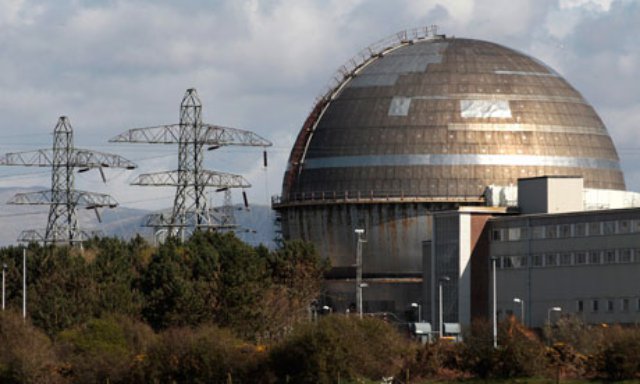A small UAS is being developed for use at some of the oldest radioactive silos at the Sellafield nuclear reprocessing site because scientists are not sure what is inside them, according to the UK’s Guardian newspaper.
The hope is that an unmanned aircraft could use laser profiling to map the inside of the chambers and make work easier for experts who are trying to make them safe as part of a decommissioning and cleaning process.
The company responsible for Sellafield asked the University of Warwick to develop a UAS for the task and is funding the programme.
“We were told not to expect it to come back out,” said Richard Seager, the University’s Business Development Manager.
There are more than 1,000 installations at Sellafield, a 6 sq km site in Cumbria that has been the hub of the UK’s nuclear industry for decades.
A multibillion-pound clean-up operation is under way at the plant where a number of old ponds and silos, many dating back to the 1950s and 60s, have been causing greatest concern.
Some of the ponds contain highly radioactive waste that has been stored in water. Cladding and fuel rods were often thrown into the ponds and the sludge that remains is toxic.
“Sellafield doesn’t have a huge amount of confidence about what they have inside some of these buildings,” said Seager. “They want to send some kind of craft into these places to do a detailed survey and they approached us to develop a UAS.”
The university has built a “hexacopter”, which has six separate rotary engines. It is also equipped with lidar (light detection and ranging), remote-sensing technology that uses lasers to create detailed three-dimensional images which can be viewed from any angle.
“The hexacopter can scan the interior surface. It is can be autonomous and it will fly for about 20 minutes,” said Seager.
“The craft was designed for the mapping of the interiors of buildings. Its USP is mapping inside buildings that may have been contaminated, or are difficult to access by other means. The model has potential military spin-offs. In Afghanistan, you could send it into an building and do a survey so you’d know who and what was inside.”
The government committed £73bn to clean up Britain’s nuclear sites and most of this has gone to Sellafield, which includes the nuclear facilities previously known as Windscale and Calder Hall. The area was first used for the production of plutonium for atomic weapons after the second world war, and the UK’s first full-scale nuclear power station opened close by in 1956.
Buildings that have been cause for anxiety include one named B30, which was once described by a Sellafield executive as “the most hazardous industrial building in western Europe.”
Sellafield Ltd, the company responsible for waste management on the site, admitted it was looking at using a UAV and blamed “poor record-keeping during the 1950s” for the fact the contents of some buildings remained a mystery.
Last week scientists at Sellafield were given a demonstration of the hexacopter and suggested some modifications. However, the company refused to go into details about the work.
In a statement, it said: “Sellafield Ltd has sponsored the development work at Warwick University of a hexacopter, because we are interested in the potential for the technology to be used as part of our decommissioning mission.
“No decision has yet been taken as to how useful the hexacopter could potentially be and we are some way from making a decision on whether this could or would be deployed at Sellafield Ltd. Our research and development team within the technical directorate often funds work by academics and scientists that it thinks has the potential to be of use to us in the future. Often ideas and projects go no further than the development stage.”
Source: The Guardian

